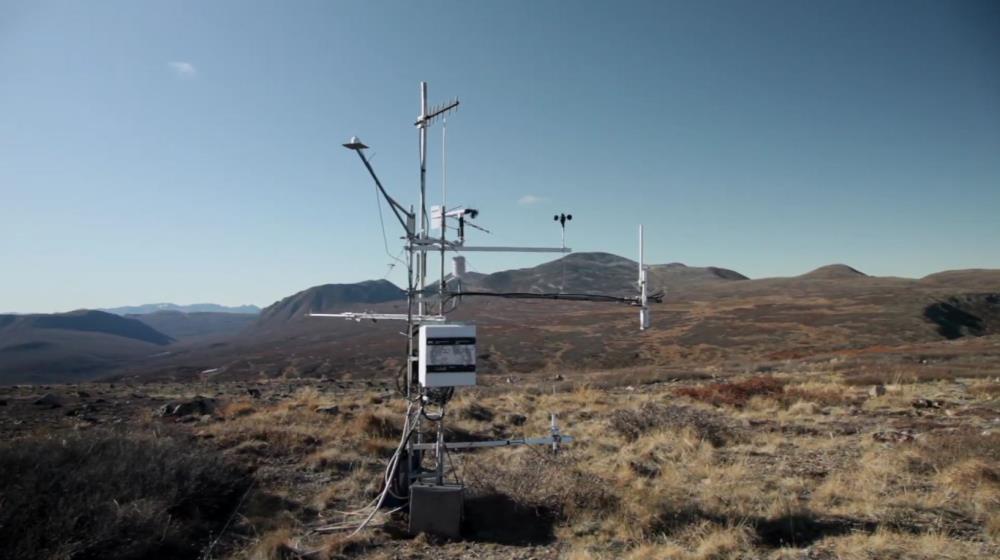
Related items loading ...
Section 1: Publication
Publication Type
Conference Poster
Authorship
Zhou, B., Shafii, M., Parsons, C., Passeport, E., Rezanezhad, F., Van Cappellen, P.
Title
Are bioretention cells reducing urban stormwater nutrient loadings? An analysis of data from International Stormwater BMP Database
Year
2022
Publication Outlet
In 2022 Goldschmidt Conference. GOLDSCHMIDT
DOI
ISBN
ISSN
Citation
Zhou, B., Shafii, M., Parsons, C., Passeport, E., Rezanezhad, F., Van Cappellen, P. (2022) Are bioretention cells reducing urban stormwater nutrient loadings? An analysis of data from International Stormwater BMP Database. In 2022 Goldschmidt Conference. GOLDSCHMIDT.
https://conf.goldschmidt.info/goldschmidt/2022/meetingapp.cgi/Paper/12494
Abstract
Bioretention cells are a Low Impact Development (LID) technology, widely promoted as a green solution to attenuate the loadings of the limiting macronutrients phosphorus (P) and nitrogen (N) exported through urban stormwater runoff. Despite the broad implementation of this LID approach in North America, their reported P and N reduction efficiencies are highly variable. We conducted an analysis of total P (TP), soluble reactive P (SRP), total N (TN), and dissolved inorganic N (DIN) data available in the International Stormwater Best Management Practice Database to assess trends in nutrient reduction, including seasonal and long-term trends. We further applied decision tree and random forest machine learning models to identify the watershed properties and climate conditions that most affect the reduction efficiencies of TP, SRP, TN, and DIN. Unlike previous studies that mostly focus on the differences in concentration between the inflow and outflow of bioretention cells, our analysis incorporates flow data to quantify P and N reduction performance both in terms of concentration and load reductions. Our results show that, on average, bioretention cells are actually SRP exporters: outlet concentrations and loads are higher at the outlet than the inlet. By contrast, TP, TN and DIN outflow loadings are reduced, relative to the inflow. However, the TP, TN and DIN outlet concentrations are generally higher than their inlet counterparts. Thus, flow reduction is the main mechanism that reduces the outflow loadings of TP, TN and DIN. Because the (surface) flow reduction is largely due to recharge to the underlying groundwater, bioretention cells may represent an important pathway of nutrient enrichment of urban aquifers. Most bioretention cells analyzed further show deteriorating long-term performance in mitigating the loadings of SRP and DIN, with potential negative consequences for the receiving surface waters. Key variables modulating the relative changes in SRP and DIN loadings caused by bioretention cells include the average rainfall intensity, the inflow concentrations, and the watershed imperviousness. Overall, our findings bring into question the effectiveness of existing bioretention cells for controlling loads. This is particularly true for SRP, which is recognized as a major driver of eutrophication.
Plain Language Summary


 GWFNet
GWFNet Master
Master Data
Data Research
Research Map
Map
 Advanced
Advanced Tools
Tools
 . . .
. . .
 Metadata Editor
Metadata Editor
 Record List
Record List
 Alias List Editor
Alias List Editor
 Legacy sites
Legacy sites